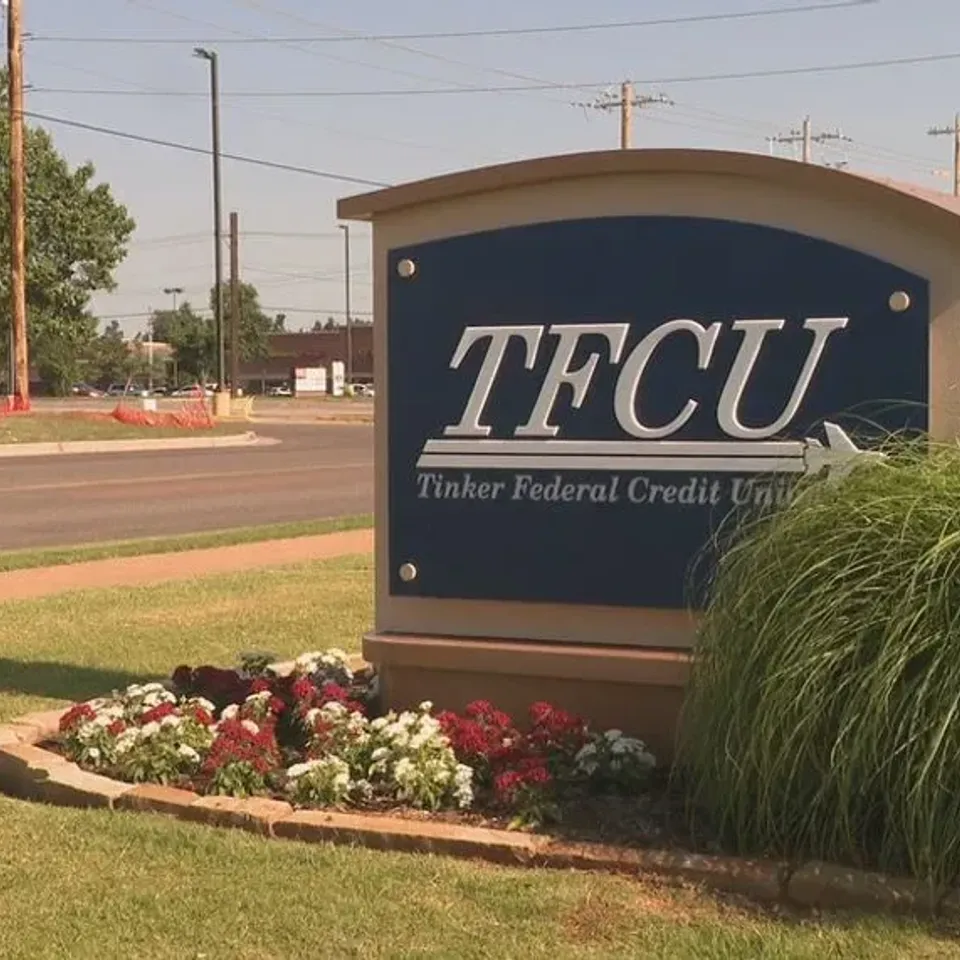Years ago, a professor described an important principle that has stuck with me: appreciative inquiry. The idea is simple: before you start something new, understand and honor what came before. So, I thought I would share a few thoughts about how the insights recently generated by Filene (including via other Centers of Excellence) relate to and offer a nice starting point for the work of the Center on Member Well-Being.
Rethinking Financial Education
Through the Center for Financial Lives in Transition, I found “Innovations in Financial Education for Credit Unions” to be very interesting in terms of recognizing that a “one size fits all” approach to financial education is not effective and that the timing and context matters.1 Members may be more receptive to financial education when it is given “just in time”—when a member is making a financial decision or navigating a particular financial challenge.
Innovations in Financial Education for Credit Unions

This report describes the importance of financial education offered in a culturally relevant way, which reminded me how back in the mid-2000s the Latino Community Credit Union (LCCU) in Durham, NC, delivered financial education content through a telenovela called “Nuestro Barrio.”2 The storylines connected financial information to people’s everyday lives—day-to-day challenges, hopes, and dreams.
LCCU was operating from a theory of attention and engagement—that members would watch a telenovela but not attend a financial education class, and would engage with the content if it was framed in the context of their lives. Similarly, “For the Long Run: Leveraging Reflexive Opportunities in Consumption Journeys,” by Melissa Archpru Akaka and Hope Schau, describes how credit unions can connect with members around important milestones and life goals.3
For the Long Run: Leveraging Reflexive Opportunities

Dr. Lisa Servon and Gianna Paglia wisely explore the issue of credit union capacity, describing building staff capacity to offer “just-in-time” financial advice via FiCEP certification and considering third-party platforms as an alternative to designing their own financial education and counseling services. Understanding credit unions’ challenges and successes in offering financial counseling and coaching is a great topic to explore through the Center on Member Well-Being.
Financial Shocks and Forces Beyond Members’ Control
Another point I appreciate about the work of Financial Lives in Transition is the idea that things can happen in people’s lives that disrupt what conventional economic theory assumes will be happen over the life course: In one’s early years, earnings are lower and debt is higher, but over time, debt decreases and earnings increase so that people can accumulate a “savings buffer” they will need to tap into during retirement.
As someone who does research on medical debt, “Breaking the Debt Cycle: Credit Union Interventions for Addressing Health Care Costs,” from Financial Lives in Transition, about health care costs really stood out. A member could be doing everything right when it comes to financial behavior, but an accident or genetic predisposition to serious illness can result in medical debt that erodes savings and harms members’ credit scores—even though medical debt is a poor predictor of repayment behavior.4
Breaking the Debt Cycle: Credit Union Interventions for Addressing Health Care Costs

And from the work of the Center for Community Social Impact, we understand how natural disasters and the high cost of housing impose challenges to members’ financial well-being. Credit unions can help by raising awareness among members about hospital financial assistance programs5 including applications to help members cope with or avoid medical debt, or build resilience to natural disasters, like Oklahoma’s Tinker FCU Storm Shelter loans offered to its members.6
Preparing for the Worst: Tinker Federal Credit Union — Oklahoma

Whatever events create financial challenges for members, one thing is certain—having savings makes coping with these challenges much easier,7 such as having cash on hand while waiting for unemployment or disaster assistance to arrive. Anything credit unions can do to help members build savings is incredibly important, such as encouraging members to enroll in autosave or split direct deposit through their employer, offering “transaction-roundup” savings deposits, and offering special savings activities and incentives like Save to Win.
Member Segmentation and Data-Driven Strategies to Improve Financial Well-Being
Whatever strategy a credit union is implementing or considering to boost members’ financial well-being, a segmentation and data-driven approach may help.
Filene’s Member Pulse Project uses transaction and survey data to identify five segments of credit union members. Member Pulse data shows that members differ from one another in three fundamental ways—their 1) financial circumstances, 2) motivation to seek help, and 3) preferred sources of help.8
Member Pulse

When it comes to behavior change—spending within one’s means, managing debt, saving more—motivation is key. Motivation is members meeting credit unions halfway. But motivation is not all it takes; there needs to be a good fit between what members want to accomplish and the products or services the credit union has to offer—plus members need to feel capable of using what is offered and engaging in behavior change.
Concerning financial circumstances, work from the Center for Data Analytics and the Future of Financial Services and the Credit Union Data Exchange (CUDX)9 makes me wonder how credit unions can better leverage data to 1) better understand factors affecting member financial well-being and 2) to design and test tailored “just in time” interventions, such as using transaction data to develop models to predict when a member is at risk for overdraft their account or missing a loan payment. In considering different types of interventions for both members and employees, the Research Bundle Supporting Financial Well-Being of Credit Union Members and Employees is a nice compendium of reports. I especially appreciate the attention given to saving interventions as I have found the amount of short-term savings one has to be an important predictor of other aspects of financial well-being.10
Results Overview of Filene's Center of Excellence for Data Analytics & the Future of Financial Services

A data-driven member segmentation approach can also help us understand member impact. To what degree did members respond to our offer and engage with the product, service, or intervention? Did the product, service, or intervention help members adopt a new financial behavior or meet a financial goal? What are characteristics and circumstances of members for whom the product, service, or intervention had more or less of an impact?
In striving to answer these questions it is important to remember that achieving financial well-being is a dynamic process throughout the course of life. Members may achieve a certain level of financial well-being only to experience a setback due to a major life event or challenge. Or, as members move into different phases of their lives (e.g., trying to make ends meet with a new child, reducing work hours to care for a loved one, preparing for retirement), their financial needs, challenges, and goals will change. This is why ongoing engagement with members is so critical.
These are the types of questions I hope we will tackle through the Center on Well-Being. As a starting point, it helps to take stock of, appreciate, and apply insights from the work that came before us.
In striving to answer these questions it is important to remember that achieving financial well-being is a dynamic process throughout the course of life. Members may achieve a certain level of financial well-being only to experience a setback due to a major life event or challenge.
Endnotes
1 Servon, Lisa, and Gianna Paglia. Innovations in Financial Education for Credit Unions. Report no. 619. Madison, WI: Filene Research Institute, August 29, 2024. Accessed September 18, 2025. https://www.filene.org/reports/innovations-in-financial-education-for-credit-unions
2 Spader, Jonathan; Janneke Ratcliffe; Jorge Montoya; and Peter Skillern. “The Bold and the Bankable: How the Nuestro Barrio Telenovela Reaches Latino Immigrants with Financial Education.” The Journal of Consumer Affairs 43, no. 1 (Spring 2009): 56-79. Accessed September 18, 2025. https://www.jstor.org/stable/23859669
3 Archpru Akaka, Melissa, and Hope Schau. For the Long Run: Leveraging Reflexive Opportunities. Report #497. Madison, WI: Filene Research Institute, January 24, 2020. Accessed September 18, 2025. https://www.filene.org/reports/for-the-long-run-leveraging-reflexive-opportunities
4 Consumer Financial Protection Bureau. Consumer Credit: Medical and Non-Medical Collections. Washington, DC: Consumer Financial Protection Bureau, December 2014. Accessed September 18, 2025. https://files.consumerfinance.gov/f/201412_cfpb_reports_consumer-credit-medical-and-non-medical-collections.pdf.
5 Levinson, Zachary; Scott Hulver; and Tricia Neuman. 2022. “Hospital Charity Care: How It Works and Why It Matters.” Kaiser Family Foundation issue brief, November 3. Accessed September 18, 2025. https://www.kff.org/health-costs/hospital-charity-care-how-it-works-and-why-it-matters/
7 Roll, Stephen, and Mathieu Despard. “Income Loss and Financial Distress during COVID-19: The Protective Role of Liquid Assets.” SSRN working paper, November 19, 2020. Accessed September 18, 2025. https://papers.ssrn.com/abstract=3733862
8 https://www.filene.org/programs-services/advisory-services/member-pulse
10 https://www.filene.org/reports/supporting-financial-well-being-of-credit-union-members-and-employees






